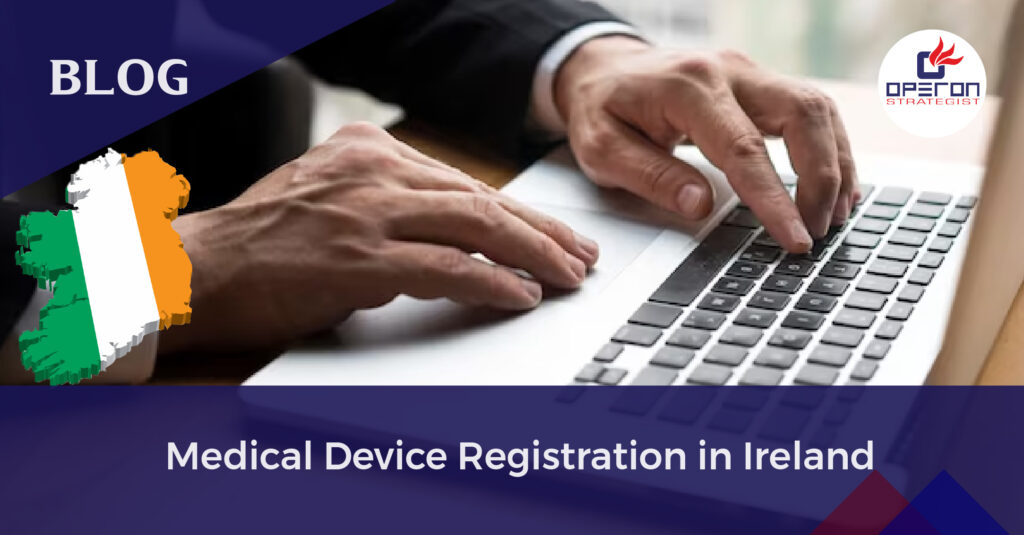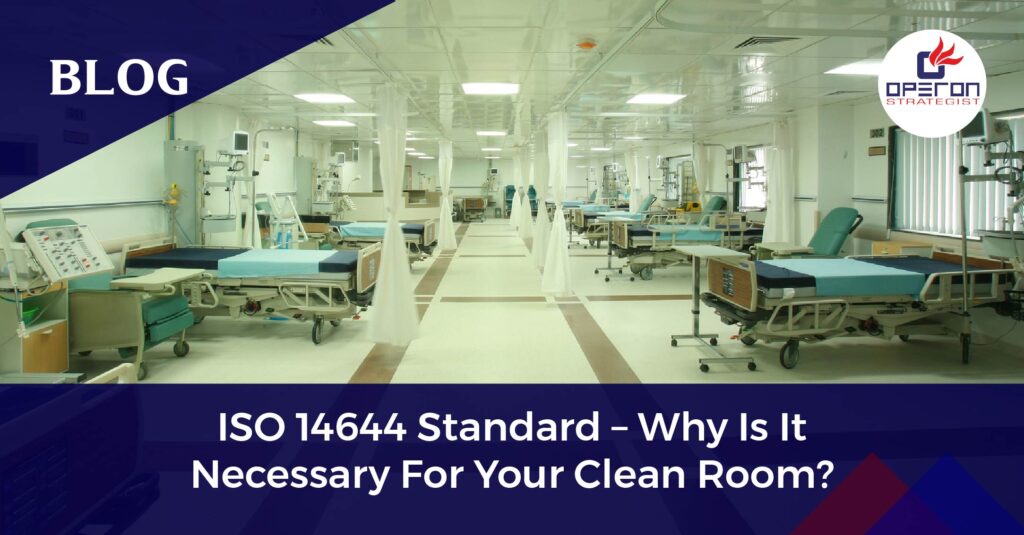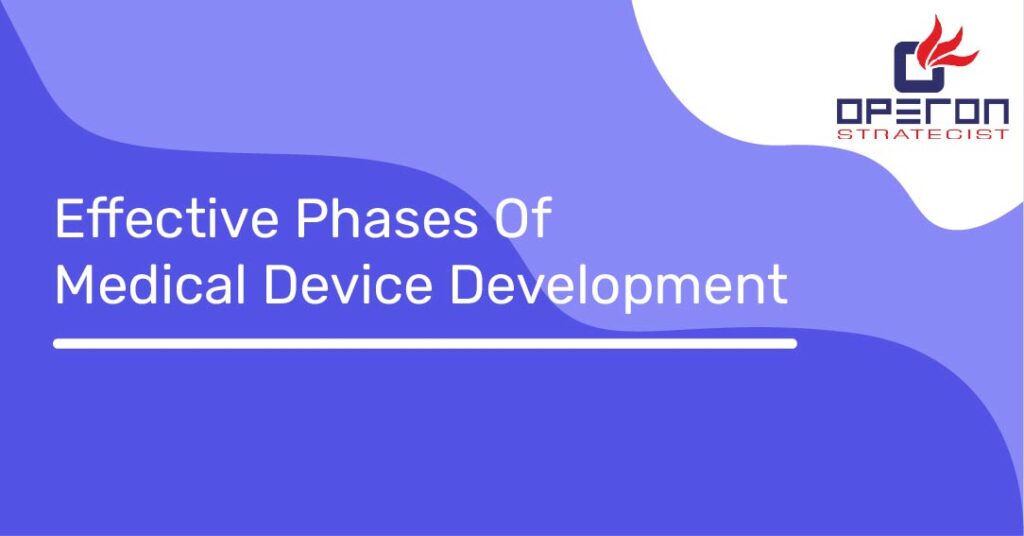The drug -device combination (DDC) products are the therapeutic or diagnostic products that combine drugs, devices or biological products which leads to safe and effective treatments. It helps in targeted drug delivery, localized drug administration and individualized medicine therapy. With the advancement in technology drug-device combination products have developed a unique form of medicinal products that has cardiovascular, neurological, orthopaedic applications. The widely used DDC combination products are autoinjectors, inhalers, antibiotic-loaded bone cements, bioartificial liver devices, pre-filled nebuliser, pre-filled pen, pre-filled syringe, transdermal patch etc.
This technology has introduced innovative and dynamic impact on the medicinal product and device development and also the regulatory approval. The very complex nature of the DDC combination products put forth the challenges not only to the manufacturers but also the regulatory agencies.
- To explore more about combination products, Notified Body representatives, NB opinion and documentation requirement for CE mark join us at operon strategist.
Looking Forward To CE Marking Process For Medical Devices ?
We help you in the process of making a defined and comprehensive technical file with all product details required for CE marking.
DEFINITION OF COMBINATION PRODUCT
In the US the drug-device combination products DDC are termed as combination products and the product is designated based on primary mode of action e.g single entity combination product with two or more regulated components, co-packaged combination products and cross-labelled combination products.
In the European Union (EU) the DDC products are treated as medicinal products or medical devices. The legal framework of either medicinal products or medical devices is applied with the primary mode of action governing the regulatory pathway. The agencies involved in the assessment includes EMA, the National Competent Authorities for the medicinal product part and the Notified Bodies .
- Operon Strategist assists companies and medical device manufacturers by providing consultancy services that support the registration of drug-device Combination Products.
The European Medicines Agency (EMA) defines the combination products into three types: drug-device combination products where the medical device is integral to the product, medical devices co-packaged with medicinal products, and medicinal devices that are separately provided to the user with medicinal products. The examples of integral products include single-use pre-filled syringes; single-use pre-filled pens and single-use pre-filled injectors. Examples of medical devices co-packaged with medicinal products include oral administration devices spoons, autoinjectors, reusable pens etc.
EUROPE’S MDR AND CE MARKING
The European Medicines Agency (EMA), has put forth the guidance for compliance issues for manufacturers of combination products with drug and medical device components. For drug-device combination products to be marketed in the European market it should undergo conformity assessment results or CE mark issued by notified bodies. For the devices that do not have CE marking the manufacturers need to submit conformity regarding components to MDR requirements from the notified bodies.
Read Article
ARTICLE 117: CE MARKING FOR COMBINATION PRODUCTS
The EMA agency had planned to publish a draft guideline in June 2019 which covered the quality requirements for combination medicinal products which include device components, or drug-device combination products. The guidelines are addressed in Article 117 of the MDR. It establishes new compliance requirements for drug-device combination products. EMA has finalized these guidelines in May 2020 and MDR has become applicable since then.
EMA AND ROLE OF NOTIFIED BODY UNDER ARTICLE 117
EMA states that Article 117 of the MDR shall need involvement of Notified Body for the authorization of medicinal products that are integral medical devices and drug-device combinations to be in the European market. It applies to the medicinal products that are an integral part of the medical device where the action of the medicinal product is principal.
It falls under second subparagraph of Article 1(8) which describes about the medical device used to administer a medicinal product, i.e., second subparagraph of Article 1(9) of the medical devices Regulation, EMA states in the Q&A document
Key elements addressed by the EMA Q&A
- The product’s device and medicinal component must form a single integral product and should not be reusable and the product should be used only in drug-device combination in order to fall under MDR Article 117.
- For the new applicants for marketing authorization CE mark will be required for device components of a drug -device combination product or the declaration of conformity must be granted which will determine the MDR requirement fulfilled by the components which are established in Annex I of the regulation.
Article 117 of the new EU MDR amends Annex I of the Medicinal Product Directive (MPD) 2001/83/EC, point 12 of Section 3.2. This states that:
“(12) Where, a product is governed by this Directive, the marketing authorization dossier shall include, where available, the results of the assessment of the conformity of the device part with the relevant general safety and performance requirements set out in Annex I to that Regulation contained in the manufacturer’s EU declaration of conformity or the relevant certificate issued by a notified body allowing the manufacturer to affix a CE marking to the medical device.
If the dossier does not include the results of the conformity assessment referred to in the first subparagraph and where for the conformity assessment of the device, if used separately, the involvement of a notified body is required in accordance with Regulation (EU) 2017/745, the authority shall require the applicant to provide an opinion on the conformity of the device part with the relevant general safety and performance requirements set out in Annex I to that Regulation issued by a notified body designated in accordance with that Regulation for the type of device in question.”
- For the non CE mark products, the applicants must provide the conformity assessment opinions from notified bodies supporting MR annex I rules .
- The DDC products for sale in the European Union prior to May 26 2020 , will not be impacted by MDR Article 117 requirements.
IMPLEMENTATION OF ARTICLE 117 FOR MANUFACTURERS
The steps are as follows:
- Identifying a Notified Body (NB) which is EU MDR designated for the specific technology.
- The NB assesses and confirms the device’s relevant General Safety and Performance Requirements (GSPR) compliance.
- Next step involves obtaining scientific data demonstrating the conformance to the applicable GSPRs.
- Finally assembling the technical documents to support the medical device component.
Marketing of the DDC products requires manufacturers to seek a notified body opinion (NBO). The NBO report is expected to be submitted to the EMA in the Market Authorisation Application (MAA) by the manufacturer. This will be assessed by the Competent Authority and the final approval of the product will remain with the EMA.
IMPLICATION OF MDR ARTICLE 117 FOR DRUG-DEVICE COMBINATION PRODUCTS
The medicinal product and the medical device are combined to form an integral product and are subjected to EU Medical Device Regulation (MDR) 2017/745. The European Commission under the medical device regulation (MDR) has introduced article 117 which states the requirements for manufacturers for placing drug-device combination products into the market.
If the action of the medical device is principal it is applicable to a notified body for NB opinion before submitting it to MAA marketing authorisation applications. To apply for the CE mark like medical devices, the manufacturers need to prepare a submission with the evidence of compliance of the device with GSP.




